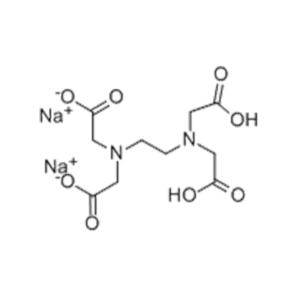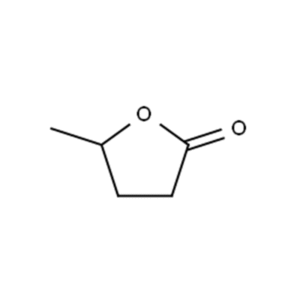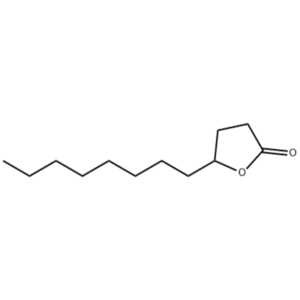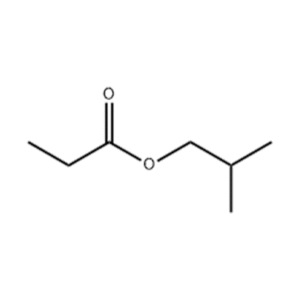【CAS】139-33-3
【Molecular Formula】C10H14N2Na2O8
【Relative Molecular Mass】336.21
【Structural Formula】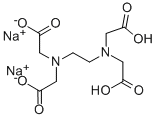
1. Product Property
Disodium diaminetetraacetate is a tasteless, odorless or slightly salty white or milky white crystalline or granular powder, odorless and tasteless. It is soluble in water but extremely insoluble in ethanol. It is an important chelating agent that can chelate metal ions in solutions. It can prevent discoloration, deterioration, turbidity caused by metals and the oxidation loss of vitamin C, and also enhance the antioxidant property of oils (trace metals in oils such as iron and copper have the effect of promoting the oxidation of oils).
2. Quality Standards
| Test Item | Specification |
| Cosmetic Grade | |
| Assay /% | ≥ 99.5 |
| Chloride (as Cl)/% | ≤ 0.01 |
| Sulfate (as SO₄)/% | ≤ 0.05 |
| Heavy Metals (as Pb)/% | ≤ 0.001 |
| Iron (as Fe)/% | ≤ 0.001 |
| Chelating Value /(mgCaCO₃/g) | ≥ 267 |
| pH | 4.0 – 5.0 |
| NTA /% | ≤ 0.1 |
3. Application Scope and Usage
Disodium EDTA serves as a versatile chelating agent in food, pharmaceutical, and industrial applications. In food processing (E386), it prevents oxidation by sequestering metal ions, maintaining color and flavor stability in canned foods, dressings, and beverages. The cosmetic industry utilizes it to enhance preservative efficacy in personal care products. Medical applications include anticoagulant properties in blood collection tubes and chelation therapy for metal poisoning. Industrial uses encompass water treatment, textile processing, and detergent formulations. Strict dosage control is essential, with typical usage levels ranging from 0.01% to 0.1% depending on application requirements.
4. Package and Storage
The product is typically packaged in 25 kg polyethylene-lined woven bags or fiber drums for industrial quantities, while smaller quantities use sealed HDPE containers. Storage requires a cool, dry environment below 30°C with relative humidity under 65%. Proper sealing is crucial to prevent moisture absorption and caking. The material should be kept away from strong oxidizers and metal salts to avoid undesirable reactions. When stored under recommended conditions, the shelf life extends to 36 months. For handling, standard protective equipment (gloves, goggles) is advised due to potential mild irritation. Transportation classification follows non-hazardous


